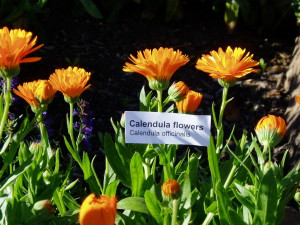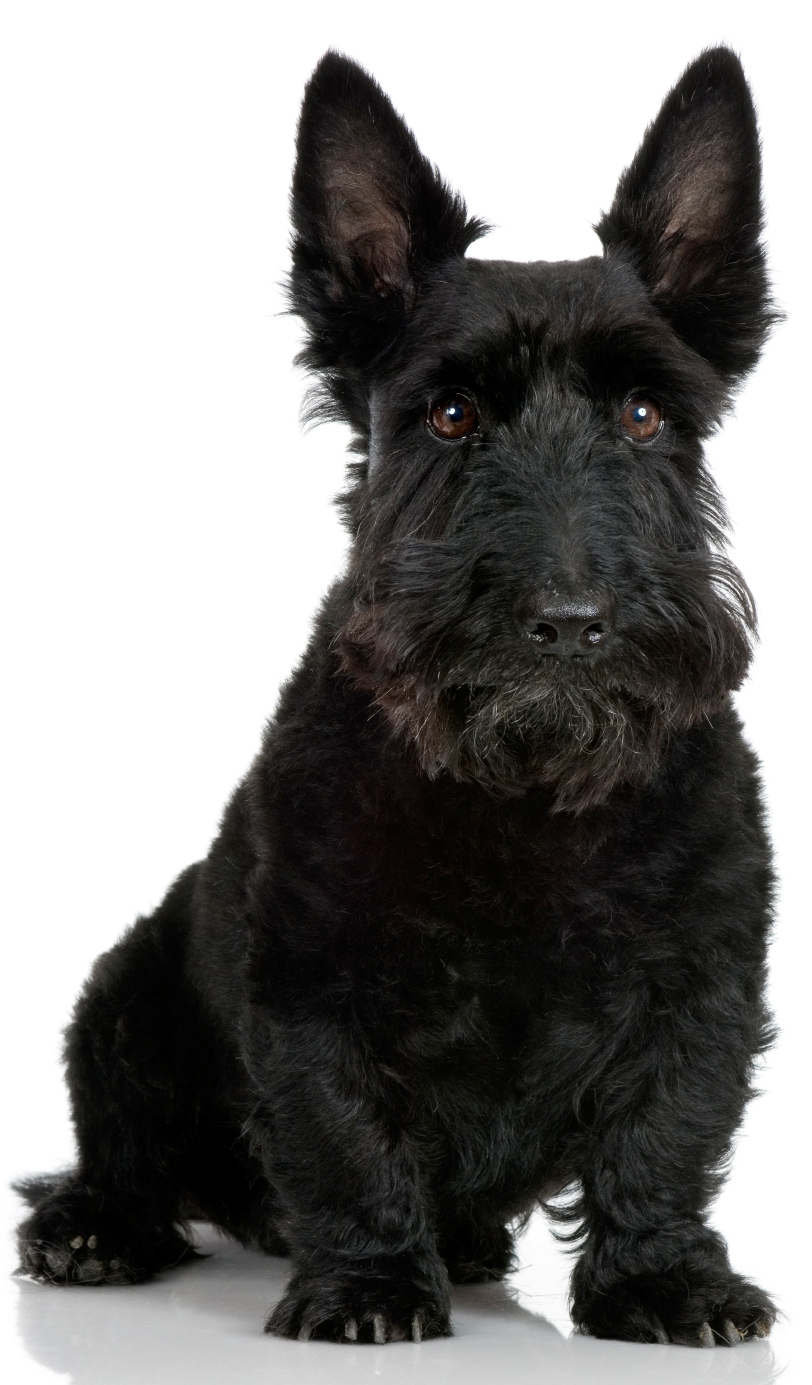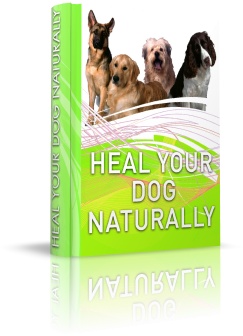WOUND HEALING AND ANTI-INFLAMMATORY EFFECT IN ANIMAL MODELS OF CALENDULA OFFICINALIS
January 20, 2014 by admin
Filed under Uncategorized
Scientific research: Wound Healing and Anti-Inflammatory Effect in Animal Models of Calendula officinalis L. Growing in Brazil
Abstract
Calendula officinalis is an annual herb from Mediterranean origin which is popularly used in wound healing and as an anti-inflammatory agent. In this study, the ethanolic extract, the dichloromethane, and hexanic fractions of the flowers from plants growing in Brazil were produced. The angiogenic activity of the extract and fractions was evaluated through the chorioallantoic membrane and cutaneous wounds in rat models. The healing activity of the extract was evaluated by the same cutaneous wounds model through macroscopic, morphometric, histopathologic, and immunohistochemical analysis.
The antibacterial activity of the extract and fractions was also evaluated. This experimental study revealed that C. officinalis presented anti-inflammatory and antibacterial activities as well as angiogenic and fibroplastic properties acting in a positive way on the inflammatory and proliferative phases of the healing process.
Yours In Great Health,
Sar Rooney BHSc., ND., DC., DASc., GDSc. (Hons) Zoology, MHATO, MATMS, MNHAA
Naturopathic Physician, Medical Herbalist & Dog Naturopath
Science-Based Naturopathy for Canine Wellness
Appointments are available by email, phone & skype
Want to keep up to date on the latest in dog health? Join me on Facebook:http://www.facebook.com/DogNaturopath
Helping dogs achieve optimal wellness with personalised, professional naturopathic animal health care and individually-prescribed high-quality herbal medicines and supplements
CITATION: Evidence-Based Complementary and Alternative MedicineVolume 2012 (2012), Article ID 375671, 7 pages, http://dx.doi.org/10.1155/2012/375671
Copyright © 2012 Leila Maria Leal Parente et al. http://www.hindawi.com/journals/ecam/2012/375671/abs/
FULL ARTICLE: http://www.hindawi.com/journals/ecam/2012/375671/
SOURCE: Open Access article courtesy of Hindawi – Creative Commons Attribution 3.0 Unported Licence
Disclaimer: The information provided is not intended to replace any veterinary or medical advice or treatment.



